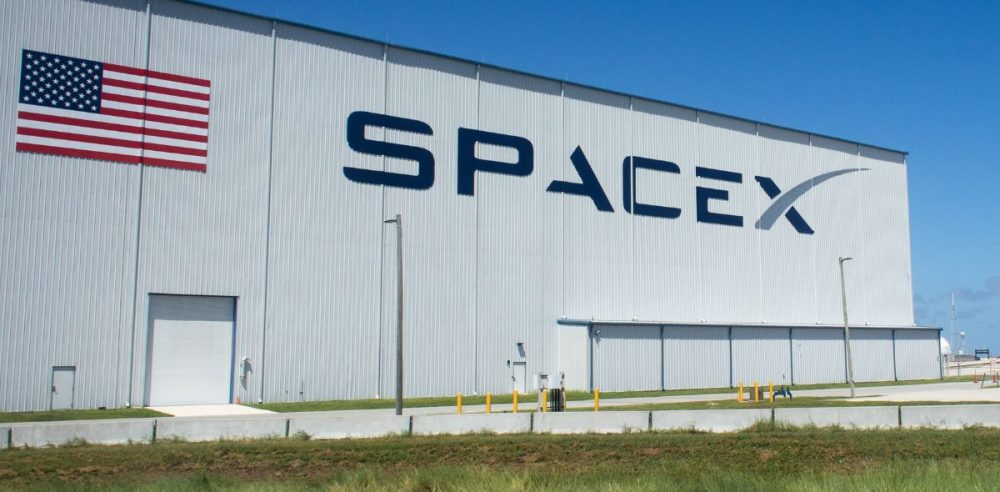SpaceX’s Starship, the largest and most powerful rocket ever built, completed its sixth test flight on November 19, 2024, from Starbase in Texas. The mission demonstrated significant progress, with its Super Heavy booster splashing down safely in the Gulf of Mexico and the upper stage hitting its targeted landing zone in the Indian Ocean.
The next mission, Starship Flight 7, will incorporate notable design upgrades. SpaceX has expanded propellant capacity to 1,500 tons and redesigned the forward flaps for better heat resistance and control during reentry. The upcoming flight will once again aim for an ocean landing, but future missions will attempt precision catches with Starbase’s launch tower to enable rapid reusability.
Starship’s ability to relaunch quickly is central to SpaceX’s vision for space exploration. With full reusability, the rocket could transform access to space, supporting missions to the Moon, Mars, and beyond. NASA plans to use Starship for its Artemis 3 mission in 2026, delivering astronauts to the lunar surface, while SpaceX aims to send multiple uncrewed Starships to Mars within two years.
SpaceX is ramping up its Starship production line to meet ambitious launch goals, targeting 25 flights in 2025 and 100 annually in the near future. A new facility, Starfactory, will streamline manufacturing, with the ultimate goal of producing one Starship every eight hours.
The future holds even larger plans. SpaceX aims to develop Starship 2 and Starship 3 models with up to 10,000 tons of thrust and payload capacities exceeding 200 tons, paving the way for creating a self-sustaining city on Mars.
As SpaceX continues to refine its Starship technology, its bold timeline could shape humanity’s next steps in space exploration, unlocking new opportunities for scientific discovery and interplanetary settlement.
This article was written with artificial intelligence.


